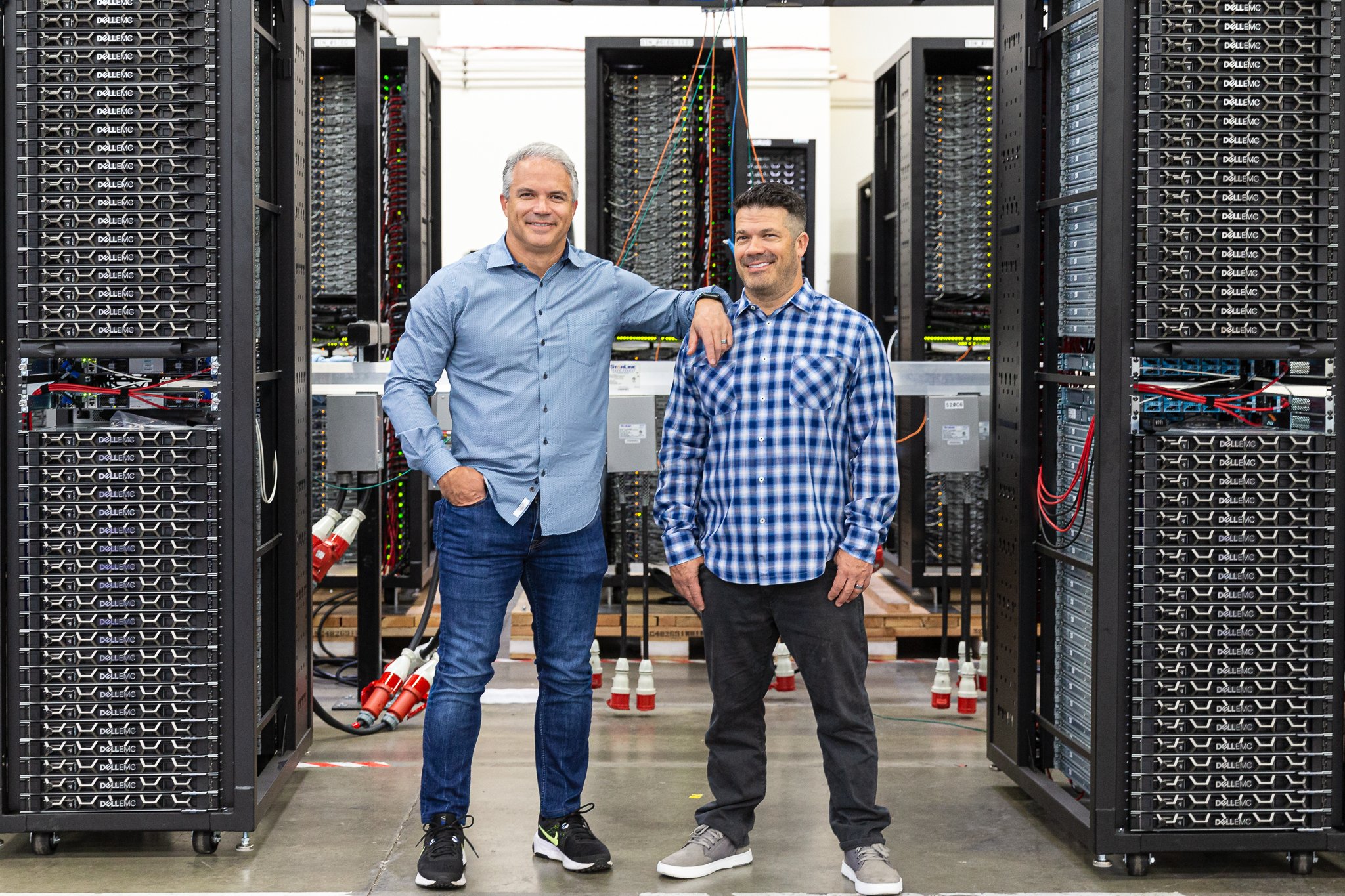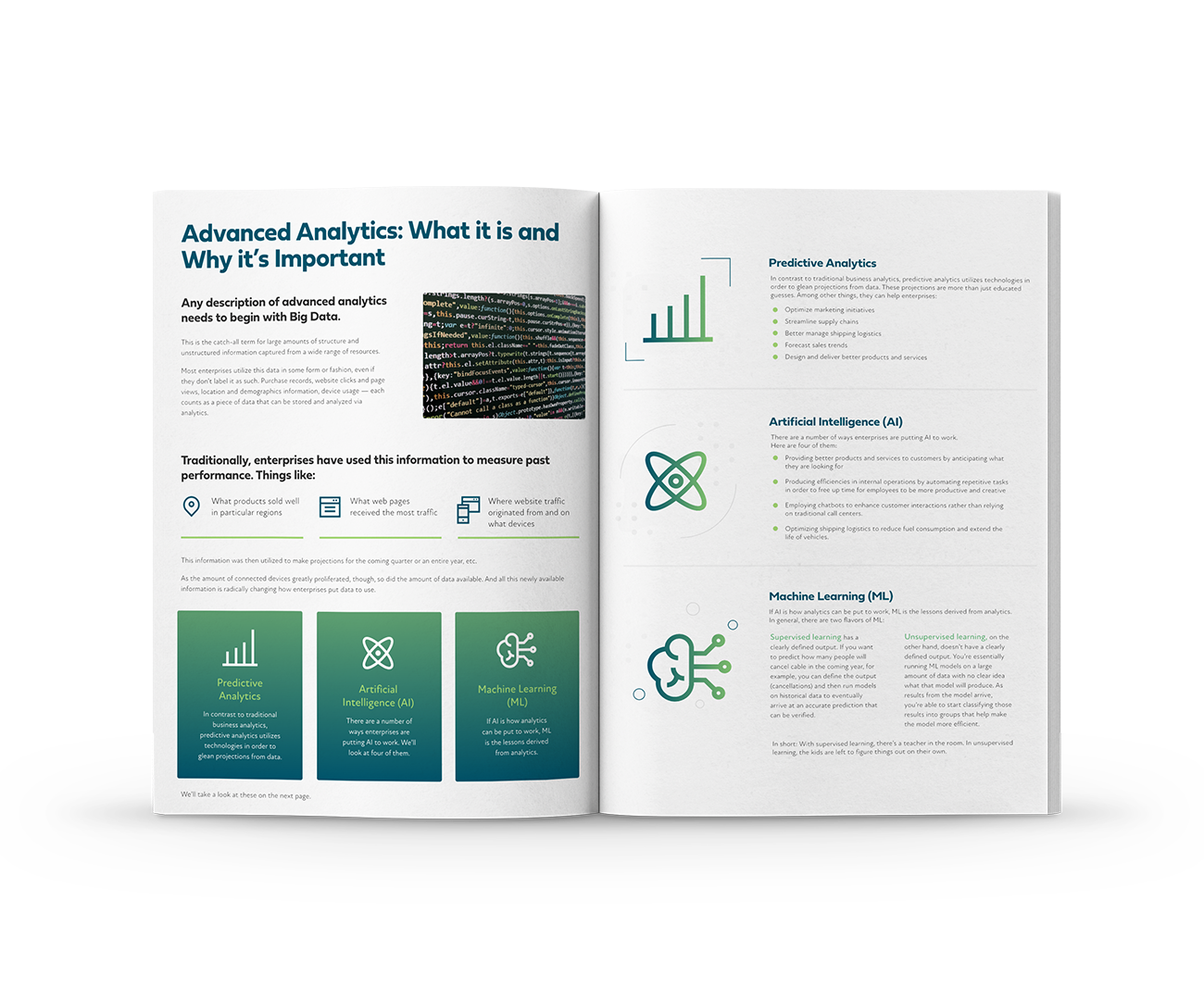Josh Dougherty (00:15):
Hello. I'd like to thank you all for joining us for this discussion on The Benefits of Data-Powered Technology for Nonprofits. Joining me is Kyle Clubb, who's a practice director for Advanced Analytics at Redapt. My name is Josh Dougherty. I'll be moderating through the discussion.
Kyle Clubb (00:42):
Great. Thanks for having me.
Josh Dougherty (00:46):
Let's jump right in. I would love to hear your overall thoughts on how important it is for non-profits to adopt a data-driven culture. We think a lot about this in business and tech, but how important is a data-driven culture for the nonprofits you work with?
Kyle Clubb (01:08):
It's extremely important. Anytime we look at the science of performance engineering, whether it's a private company or a nonprofit, data is central to that. Most performance issues can be traced back to failing to present the correct data in a meaningful way that allows workers and performers to achieve the most they can. In summary, the data is essential. We want to present the correct data, the most relevant data so they can see the consequences of their choices quickly, make adjustments in time, and understand what's going to work best for them.
Josh Dougherty (01:53):
Let’s think about a nonprofit who maybe hasn't had this data discipline as they've gone through their work. How do they go about creating the data-driven culture that's required to adopt an advanced analytics mindset?
Kyle Clubb (02:13):
A lot of the organizations we work with are in various degrees of maturity. There are many organizations that work against their tacit knowledge. They bring decades of experience to nonprofits. They know their space. There is some value in making decisions that feel right — there’s an art to it. But, if you can combine that with relevant data, if you can train employees and managers on how to look at things in a more objective fashion, how to AB test, how to come to meetings and decide, "Hey, there's not enough data to support this. We have our assumptions. How do we test our hypothesis?" you can do a lot of experimentation, you can look at data in a new way, and it becomes quite valuable.
Josh Dougherty (03:05):
Is that testing, or optimization how you create those aha-moments for an organization that's transitioning into a data-driven approach that helps them buy-in? Or, are there other techniques you use?
Kyle Clubb (03:20):
Every company is different, but typically there are these three big pieces: the technology, the people, and the processes. We find that technology is not the big problem. Typically it's the people and the existing processes that need to be improved. Frankly, technology is the easy piece. We want to help elevate how people at nonprofits, including volunteers and normal employees, look at data and rely on it. Many times, it was the speed. They couldn't get the data they needed to make decisions fast enough. Decisions were, again, based on a lot of assumptions and feelings. But, if we create an architect for the data platform correctly, they can get the data in a timely manner to make those decisions and solve problems.
Josh Dougherty (04:13):
As you're trying to work on adoption of advanced analytics and a data-driven approach, what use cases do you see most commonly as quick wins to help people to get started?
Kyle Clubb (04:32):
Typically, we look at a company's financials. We talk to the executives and see where their biggest pain points are. Many times, the data is in a state. That makes it difficult to do analysis, so we quickly clean and govern that. There are some quick AI and ML, advanced analytics operations to help with donor maximization. “When should we contact a donor?” “Do we want to keep doing it too often?” “Could they become wary of too much communication?” “Where is that point?” “What type of year should we contact them?” “What type of fundraisers should we do?” Then also, operationalization of those models.
We also look at operations, not just expenses. Most nonprofits want to get their administrative costs down. There are sites like Charity Navigator. If I have money to donate, I visit these sites to see which nonprofits are most effective. If I give $100 to a charity, I would love $95 to go to the main mission and purpose. I don't want to give to a charity where half of the money goes to overhead and administrative costs. So, a lot of nonprofits want to pull back the administrative costs and optimize their operations.
Josh Dougherty (05:46):
That makes a lot of sense. You talked about using predictive analytics, AI, and ML to predict when nonprofits should ask donors for money, how often, etc. Are there other ways analytics can help enhance a fundraising effort for an organization?
Kyle Clubb (06:10):
It depends on where the revenue is coming in. One nonprofit we work with, probably 80% of their revenue is grants, and the funding comes from that channel. It takes grant writing, proposal writing, and working with different agencies to secure money from those grants. We take advanced models like natural language processing models to look at the way they write their grants and their request for money to see, "Should we write this differently to get a potentially higher percentage of approvals and more revenue?" That’s another use case that's pretty specific — the actual grant writing.
Josh Dougherty (06:50):
Specific, but valuable. In grant writing area and many other areas, regulatory compliance is very important for nonprofits. How does this data-driven approach help make compliance easier? What are the ways it simplifies that?
Kyle Clubb (07:13):
Whether it's something like processing credit cards for donations, or PCI, there are all these regulatory umbrellas of rules you have to follow. In a data-driven culture, we think of it as making decisions and solving problems, but if the technology can quickly expose reports for compliance reasons, a lot of times it may be to expose, “how are we operating internally for those third-party governing agencies?” We want to make a platform that can quickly get that out and doesn’t spend a lot of overhead creating that information. There’s also tagging and governance of data, so we know the entire ecosystem. What's that PII? What's that personal information? How do we make sure it doesn't leak out of the organization? How do we control that? It's really in the data governance piece, which would be essential to some of the frameworks we operate with.
Josh Dougherty (08:09):
Another thing nonprofits sometimes do from a gut feeling is budgeting, forecasting, and looking forward to future planning. What are some common insights you've had in working with nonprofits that help them do budgeting and forecasting more accurately?
Kyle Clubb (08:26):
From an FP&A perspective, there's definitely value in understanding, and forecasting revenue donations. If we're trying out experimentations on new ways to get revenue, it’s useful to be able to forecast that accurately. It will influence operational spend and budgeting. With cash flow and the way nonprofits operate, it's important. There are many FP&A algorithms in place we utilize that help forecasting be more accurate, whether that's forecasting at a granular level (it could be forecasting at a GL account, an accounting account), or a very large level. Getting the accurate forecasts is key to getting budgeting right. We can make sure we have the amount of cash-on-hand we would expect, and the nonprofits can make the investments they'd anticipated and want to do.
Josh Dougherty (09:28):
One of the challenges for nonprofits is that they have data, but they can't get to it, or they aren't able to access it quickly enough. How do you help solve for that?
Kyle Clubb (09:44):
There is a lot of technology that can deal with massive amounts of data and get what you want quickly. What’s key is understanding where the business wants to go, and the strategic plans they have. Every year, six months, or quarterly, most businesses will get together and talk about strategic initiatives and vision. If you can present the right data to inform those conversations, that's useful. We strive to make sure the data is in place for those strategic conversations between the leaders, boards, and chapters. We can also do other training and frameworks that allow managers and leaders to structure what they want, to ask for it in a targeted way so that the data professionals and knowledge workers can get the relevant data and not waste time with unimportant data.
Josh Dougherty (10:44):
One of the things you mentioned is this quarterly rhythm of planning, bringing data in front of people, and giving them a chance to analyze it. Is that the key to having a continuous growth improvement on historic metrics? Is that the way you focus on driving increased performance for these organizations?
Kyle Clubb (11:11):
It depends on the vision of that organization, mainly what that nonprofit is trying to achieve. We want to make sure that all the performance metrics flow into that. Too often we see departments with competing KPIs, and things don't flow into the full mission and vision of the organization. One of the things we do is we smooth that out and say, "What are we really after? Which KPIs should we pay attention to?" Then we make sure we're hyper-focused on those data points, and get them exposed quickly.
Josh Dougherty (11:44):
Nice. This has been a good conversation, unpacking some of what nonprofits can do with data and how they can dive into advanced analytics. If they’re ready to take that leap and start building a data-driven culture with advanced analytics, how can Redapt help with that process?
Kyle Clubb (12:06):
We can help in a lot of different ways. There is the technology piece. Redapt can help with modernization of the technology, making sure the spend around it is cost-effective, and the data, the ability to make those decisions and solve problems, is not a huge financial burden. There’s also the people part. Most nonprofits don't want to go out and hire a huge data science team and a huge data engineering team. They want to make sure the technology can be managed by a lower number of resources. We help optimize there. Then, there are the processes that govern all of that. We make sure there are processes to help all this along, and that there is training. You need more than a few folks in the organization that are the brains, or the data professional. All the leaders, managers, and everybody else should be thinking with a data mindset, asking, “How can I improve my performance? What are my KPIs? What is my purpose and my role?” All these questions should cohesively feed up to the nonprofit’s mission and goals.
Josh Dougherty (13:11):
When someone reaches out to you, how does that engagement usually start?
Kyle Clubb (13:19):
We can talk about our data maturity models. We look at the entire landscape, all the aspects of data-driven cultures, and find where the biggest ROIs are. Some organizations say, "Let's focus on our marketing, and our donor maximization." Some of them want to step back and say, "Hey, can we re-envision our entire data architecture to make it more effective?" We can start there. We do have a data maturity model assessment, where you come in and we build an understanding of where the organization is in their journey and what their priorities are.
Josh Dougherty (13:56):
Excellent. Kyle, thanks for your time. I appreciate you sharing your insights.
Kyle Clubb (14:04):
Thank you.
Josh Dougherty (14:06):
If you're a nonprofit hoping to implement more of a data-driven culture and invest in advanced analytics, I invite you to reach out on redapt.com to connect with an expert. We'd love to talk to you. Thanks, everyone.













